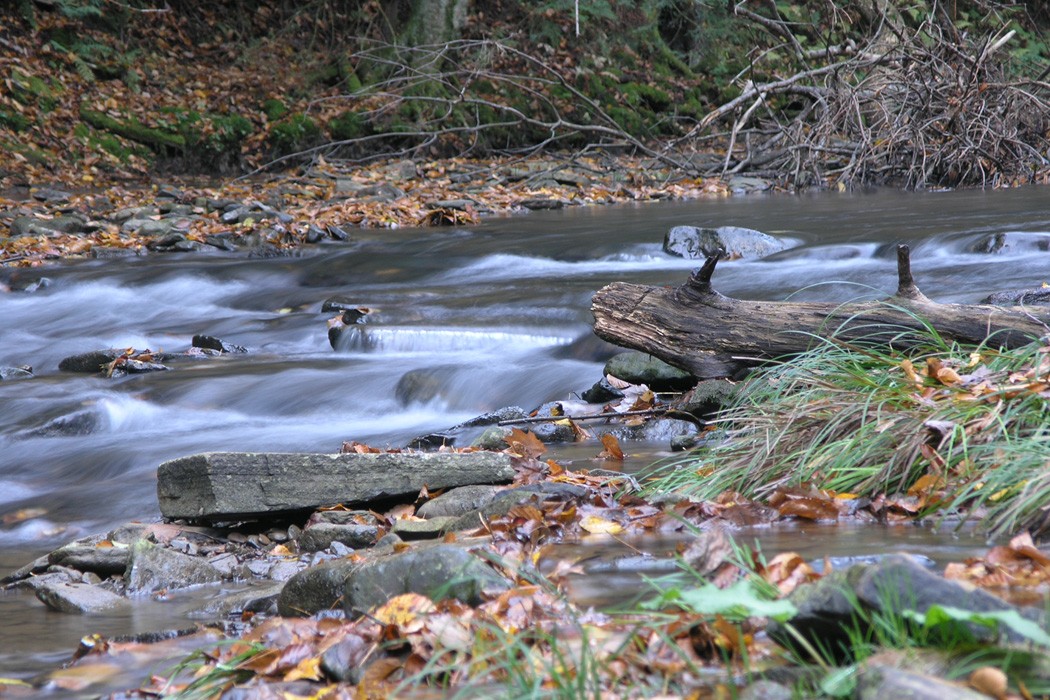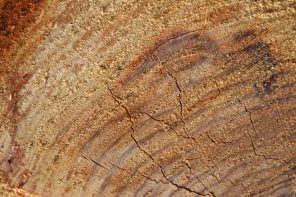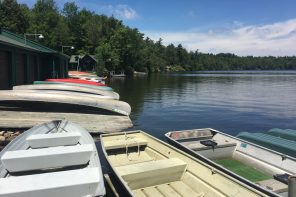On a fresh-washed April day 25 years ago, I sat in my car in the driveway before the brick country house that was to become my home and I listened. Windows rolled down to catch a whiff of spring on the breeze, I heard it. Bubbling and tumbling, gurgling with laughter. Water, rising from a deep vein on the hillside and spilling into a rusty round cistern, hammered out a tune that was a balm to my anxious spirit.
Stepping from my car, I stood where I could trace the sparkling water’s journey from the cistern into a narrow creek that flowed forcefully yet gracefully, cutting a swath in green grass beyond the driveway.
It was then I felt it: this could be home, and it could be good.
The spring-fed creek welcomed me and my new husband and our blended family of sons to what would become Springfield Farm—our farm, a place where we would learn together, birth a business, and raise a passel of boys. The creek also ushered me into a personal season of rebirth and renewal, of growth pushed along by trial and sorrow. This town girl—trading the life of a single mother to become the wife of a farmer, the excitement of a career for the maternal joys of nurturing and nesting—had finally come home.
In the years that followed our settling into the big brick house on the hillside, the creek nurtured four sons, offering up a playground where twig-and-bark vessels floated and tumbled over rocks, where bare feet tingled in the cold and dried on sun-warmed banks. The creek created a boundary for young explorers who were warned, “Go as far as the creek—no further,” and a trail for confident adventurers who traced its passage under the road and across the field to merge with a larger waterway, and then another, and then a lake.
The spring and creek, like our 140-year-old Federal-style house, is rich with history. It’s been told that our part of the county, Springfield Township, was named for this property. One of the earliest landowners in LaGrange County (lagrange, French for “the farm”) was influential in the formation of our county and this piece of it was well-known and envied.
Carved out of the eastern side of a glacial valley, this early settler’s homestead was among the first to be platted. He set a sturdy frame house into the hillside, along with a bank barn and out buildings. The first house burned down and the bank barn is long gone, save for the stone foundation. A “newer” brick home was erected to take its place, marked with a little cement cornerstone dated 1876. It sits there still, under the two-story roof of our front porch, facing white pillars that hold it all together.
Other barns were built by subsequent owners. An apple orchard and a pasture were plotted out. And we’ve added our own improvements—a garage, buildings for our business, fencing.
But what remained constant, what has been constant for centuries, are the spring and the creek. These water sources that slice our property in half testify to other springs throughout the entire 100+ acres under our names in the county registry. At last count, half a dozen springs bubble up at various spots throughout the farm. One has been used to water livestock, while others have brought ruin to foundations or turned grassy slopes into spongy swamps. One has grown and pushed away flora to lay down a shallow pond, a sanctuary for muskrats, herons, tadpoles, snakes.
And still, the creek—the one that spoke to me 25 years ago, the one without a name other than The Creek—flows from the cistern, through the lawn, across rocks and roots, into a wider waterway and out of sight.
Today, as I step across the little wooden bridge settled onto narrow shores so many years ago, and as I walk through a recently constructed covered bridge on my way to the cabin on the bank of the pond, I think of the ones who played here, both my own offspring and those of generations past. Like this persistent little creek, they’ve carved a path into a wider waterway, into a world outside my vision. Some took a turn back and settled, like the pond, into permanency. Others have pushed far beyond the boundaries of township or county or state, wending their way to parts unknown.
Rainer Maria Rilke once opined, “May what I do flow from me like a river, no forcing and no holding back, the way it is with children.” Perhaps he stood on the banks of a little creek like mine, as it flowed into a river, and observed the way it is with children, who dangle their feet in shallow currents then step ashore, into life “no forcing and no holding back.”




